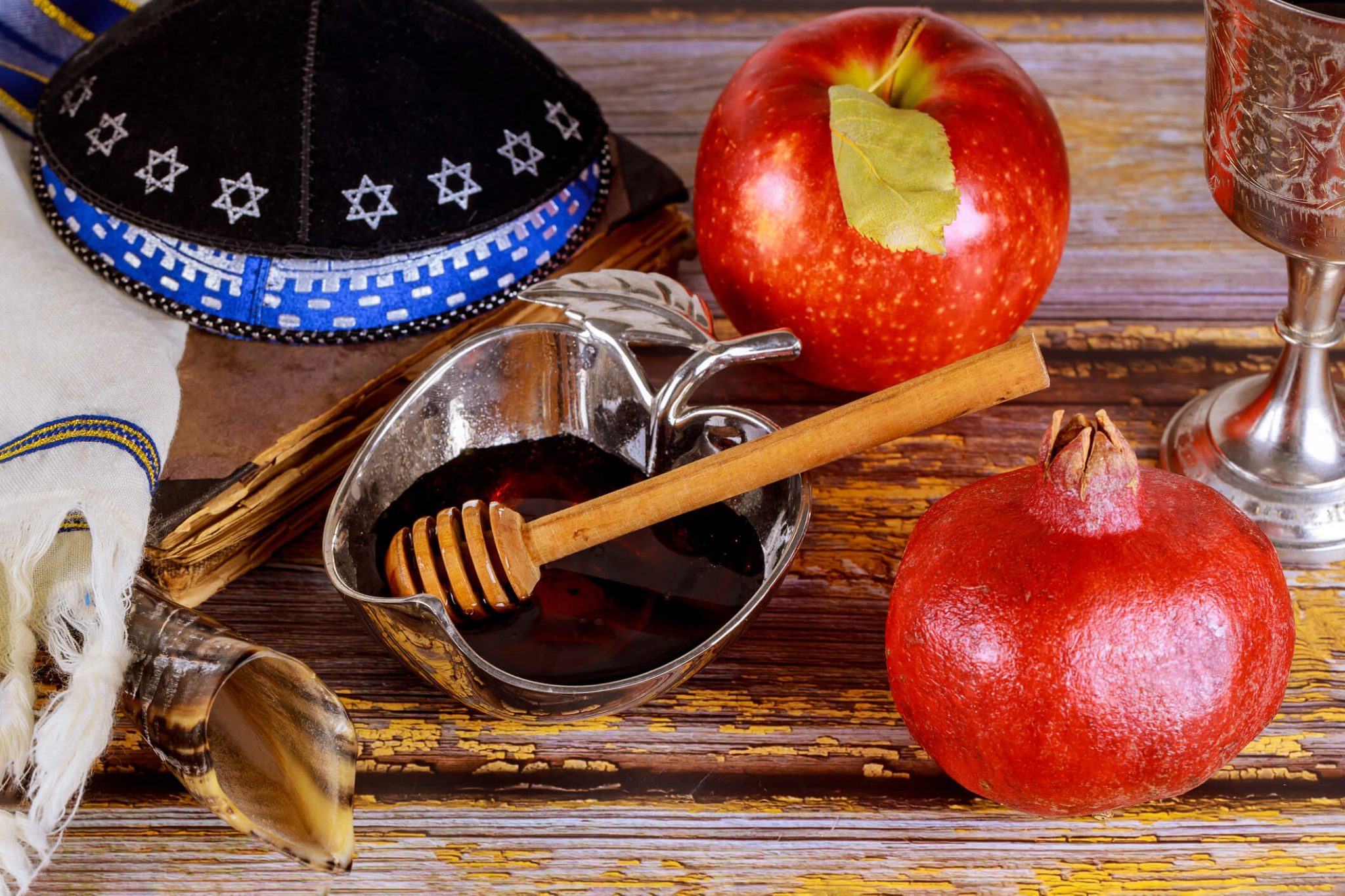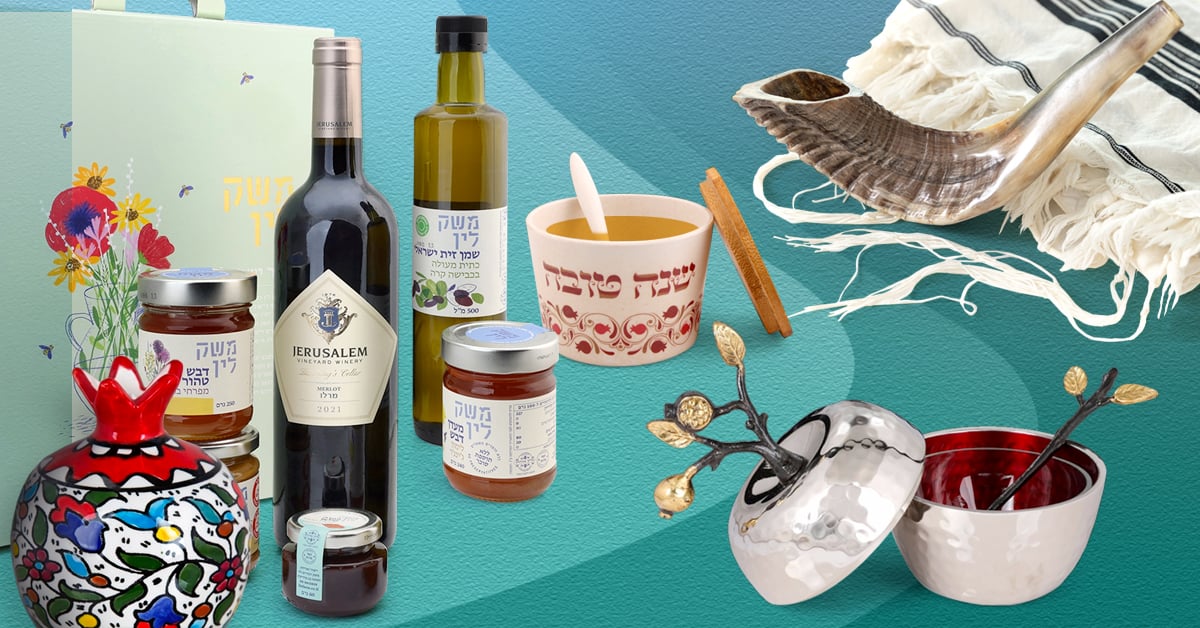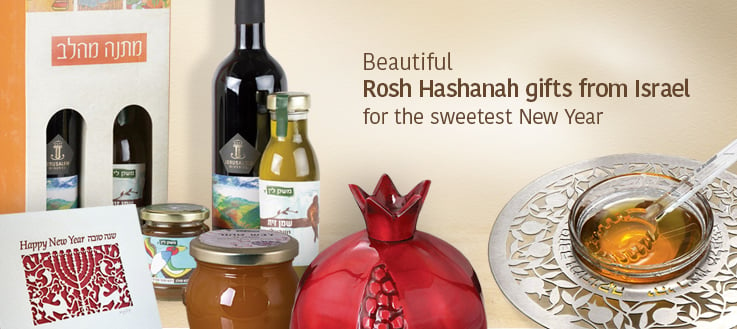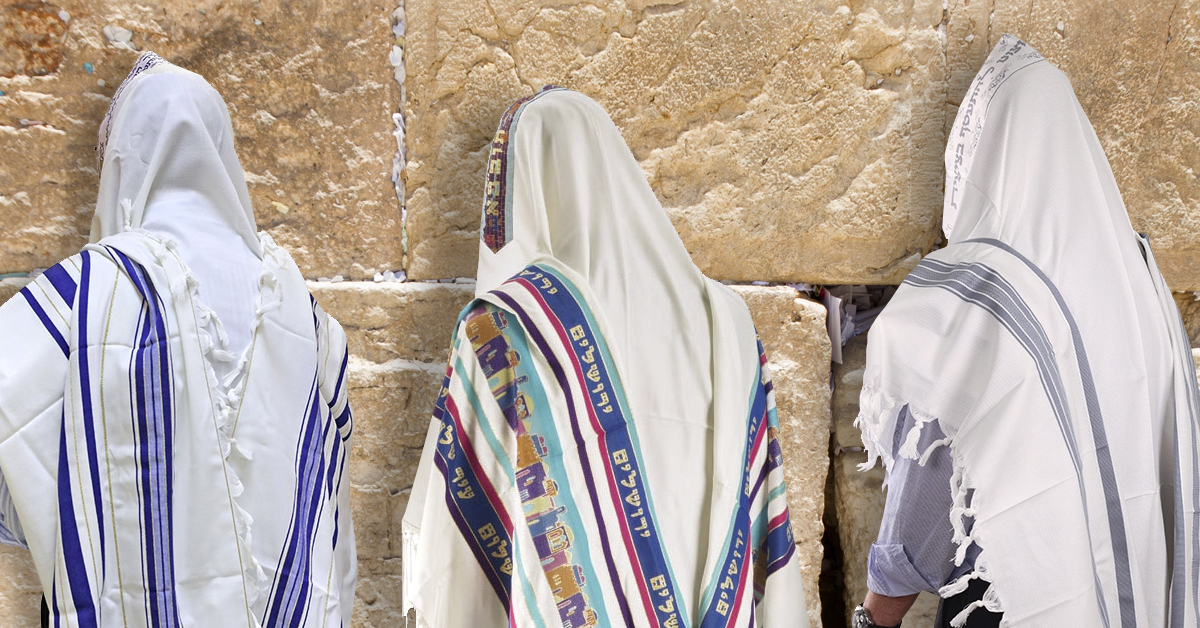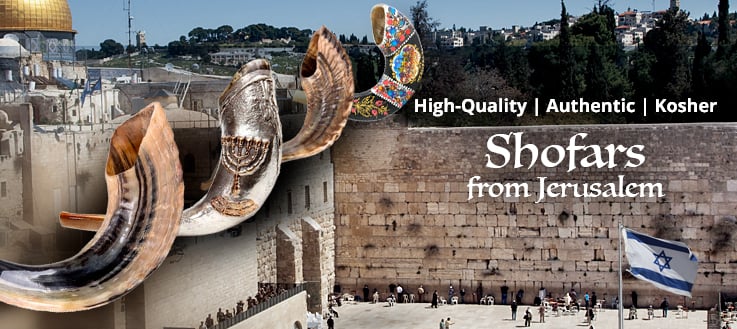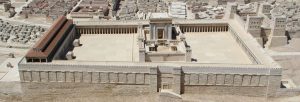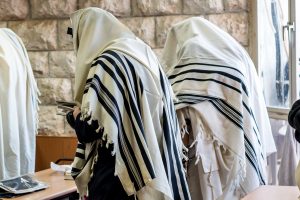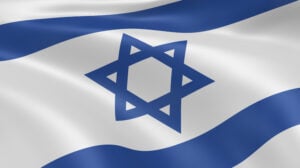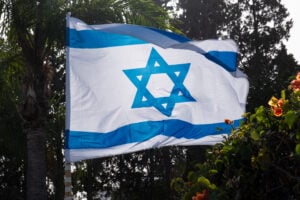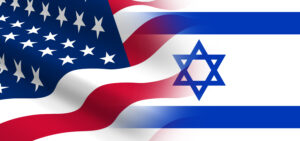Fish Head on Table
On the first night of Rosh Hashanah, many people will put a fish head on their dinner table during the festive meal. Some people choose to eat parts of the head, while for others, it is simply there to symbolize our collective desire to be the “head” and not the “tail” during the upcoming year. It also ties into the literal meaning of Rosh Hashanah – rosh is Hebrew for head, while shanah means year.
Using a fish is primarily an Ashkenazi tradition. In Sephardic and Mizrahi communities, it is more common to use a ram or lamb head.
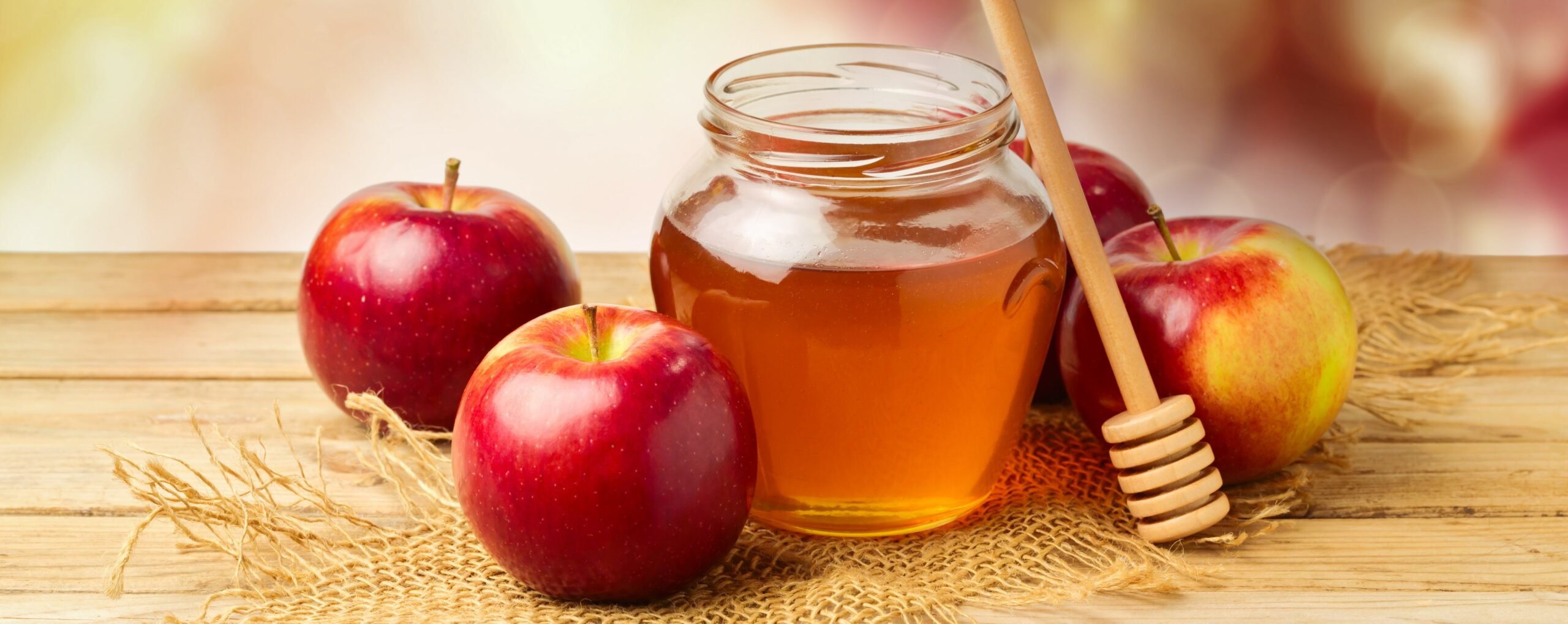
Dipping Apples in Honey
Many Jewish thinkers throughout history have come to the same simple conclusion: eating honey on Rosh Hashanah symbolizes our hope for a sweet new year, and honey has been readily available in Jewish communities for thousands of years. During the time of the Israelites, sugar canes did not exist in the desert or in the Land of Israel. Honey, whether from bees or dates, would’ve been their go-to sweetener.
The specific custom of dipping apples in honey is also an Ashkenazi custom. This minhag was first recorded in 15th century Germany, although many believe the custom began long before that. Why apples? Apples were a common fruit that began to ripen around the same time as Rosh Hashanah in Europe, so it is commonly thought that this is how the tradition began.
Shop kosher Israeli honey and beautiful honey dishes in time for Rosh Hashanah 2023!
Round Challah
While we primarily eat braided loaves of challah during the rest of the year, on Rosh Hashanah, it is most common to eat round challah. There are differing explanations as to why we follow this custom. Some say the roundness represents the cycle of the year and life, while others say it represents a crown and reminds us that God is like a king. Another explanation is that it helps distinguish the challah of Rosh Hashanah from Shabbat, which we celebrate each week.
Dress up your round challah on Rosh Hashanah with holiday-themed challah essentials straight from Jerusalem!
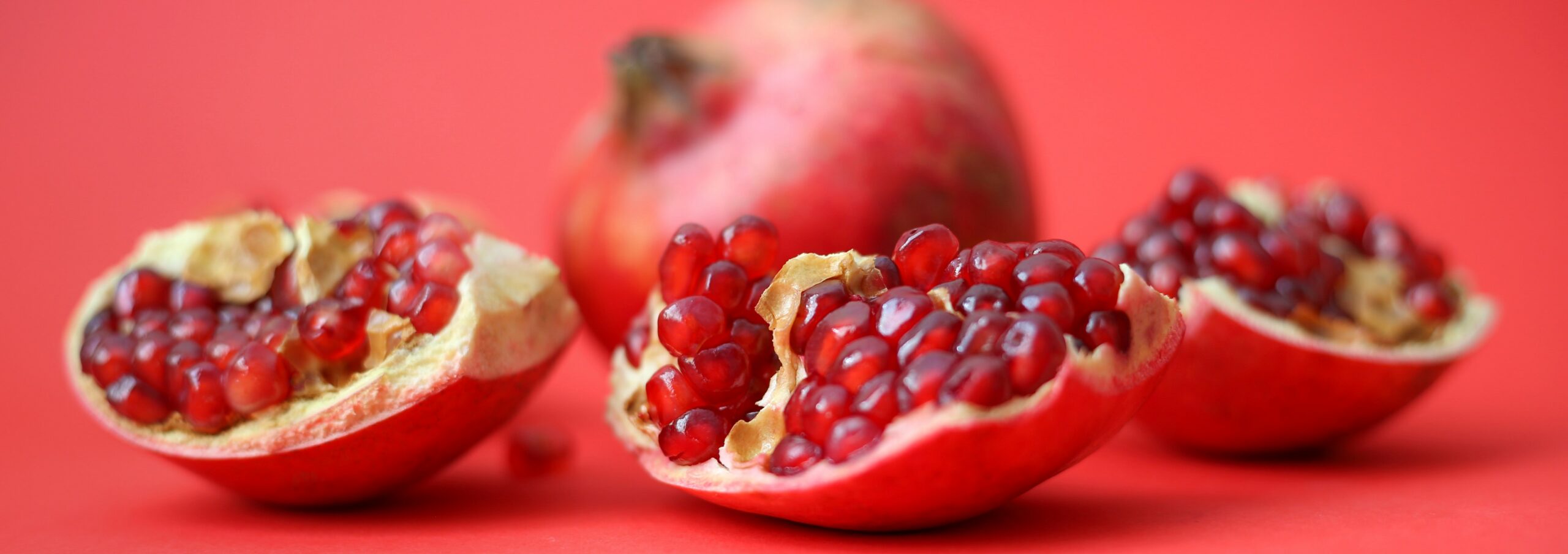
New Fruit
On the second night of Rosh Hashanah, many people eat a “New Fruit” and say the Shecheyanu blessing over it. The fruit is supposed to be a fruit that has only recently been harvested. Since the pomegranate harvest in the Land of Israel often coincides with the High Holidays, many use a pomegranate as the new fruit. You can also recite this blessing over the pomegranate:
Y’hi ratzon mil’fanecha, Adonai Eloheinu, she-ni-he-yeh m’le’im mitzvot ka-rimon.
May it be Your will, Adonai our God, that we be as full of good deeds as the pomegranate is full of seeds.
Read more about the symbolism of the pomegranate, and order pomegranate wine and pomegranate-themed gifts for Rosh Hashanah!
No Nuts?
One food that is avoided during Rosh Hashanah in many communities is nuts. Why? According to gematria (the numerical value of each Hebrew letter), the Hebrew for “nut,” “egoz” (17), is almost equal to the word for “sin,” chet (18). This disparity suggests that on Rosh Hashanah, the Day of Judgement, we don’t want to even come that close to sin, and the foods we eat (or don’t eat) on this day serve as a powerful reminder for where are mindset is to be on this monumental day.
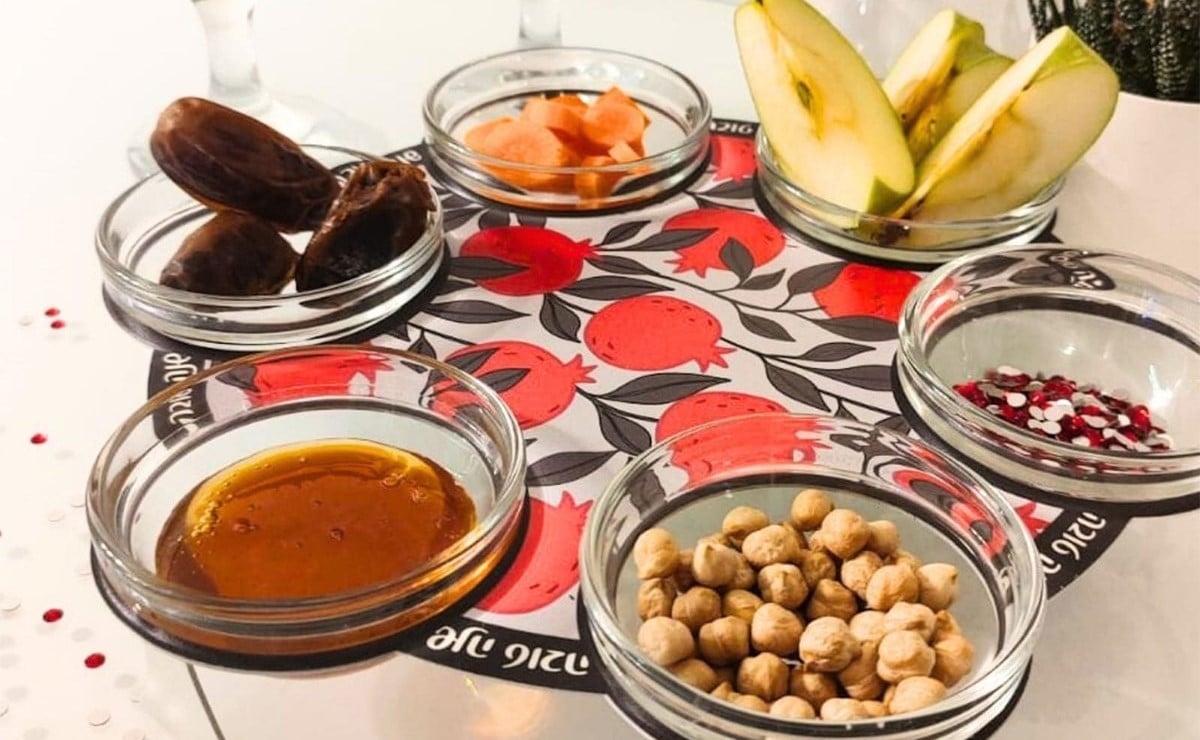
Rosh Hashanah Seder
While many may hear “Seder” and think of Passover, the Rosh Hashanah Seder is mentioned in the Talmud and has been celebrated for at least 2,000 years by Sephardic and Mizrahi (Middle-Eastern) Jewish communities.
The Rosh Hashanah Seder originally included five foods: squash, black-eyed peas, leeks, Swiss chard, and dates. Today, Rosh Hashanah Seders can also include foods that were more common in Europe, like beets, carrots, and apples. Artists even create special Rosh Hashanah Seder plates for those who observe this custom – which make for beautiful and unique Rosh Hashanah gifts for anyone who already has this tradition or is looking to trying something new this year to add more meaning to their holiday!
Shop special Rosh Hashanah Seder plates as well as other High Holiday dinner essentials here!
